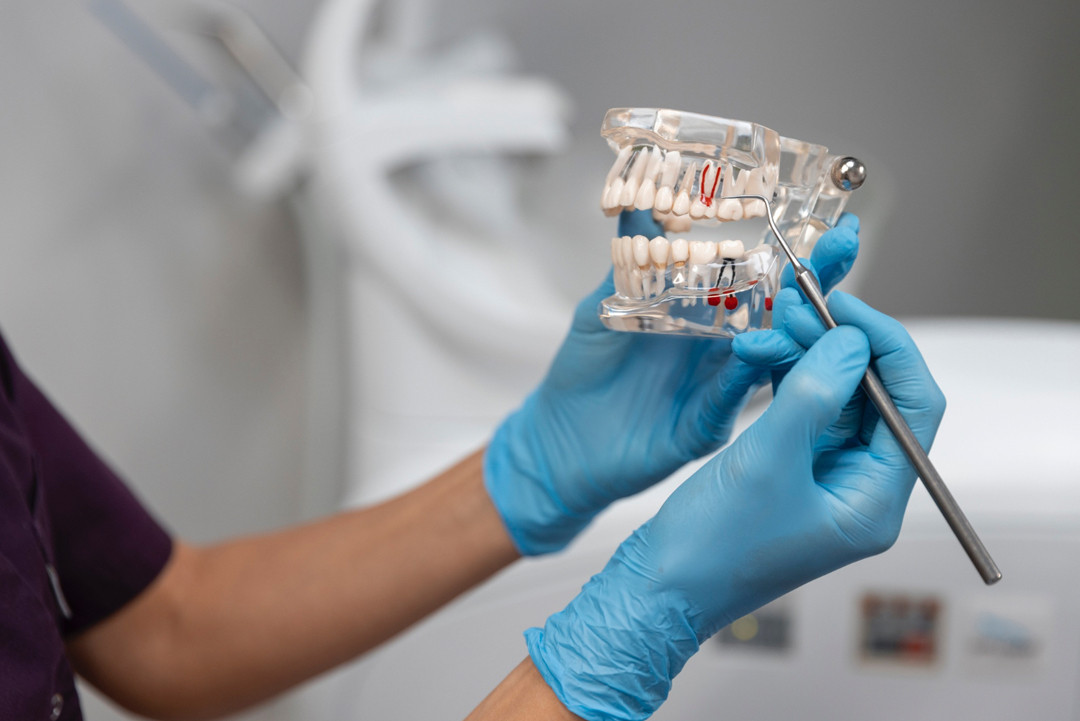Overview of Gynecology and Obstetrics
- Gynecology: Addresses female reproductive health, including menstrual disorders, contraception, hormone imbalances, infertility, and cancers.
- Obstetrics: Manages pregnancy, childbirth, and postpartum care, ensuring maternal and fetal health.
Key Roles: Gynecologists serve as both clinicians and surgeons, providing comprehensive care for women at all life stages.
Common Conditions Treated
- Pregnancy and Related Conditions
- Ectopic Pregnancy: Fertilized egg implants outside the uterus, requiring urgent treatment.
- Preterm Labor: Early labor before 37 weeks, managed to prevent complications.
- Gestational Diabetes: Requires monitoring and treatment to prevent risks to the mother and baby.
- Hypertensive Disorders: Includes preeclampsia and eclampsia, potentially life-threatening conditions requiring close observation.
- Gynecological Disorders
- Menstrual Disorders: Heavy bleeding, irregular cycles, or painful cramps.
- Polycystic Ovary Syndrome (PCOS): Hormonal imbalance leading to irregular periods, weight gain, and infertility.
- Endometriosis: Painful condition causing infertility due to abnormal uterine lining growth.
- Cervical Cancer: Often linked to HPV; early detection via Pap smears is critical.
- Infertility and Reproductive Issues
- Infertility: Addressed with ovulation induction, IUI, IVF, or egg preservation.
- Ovarian Cancer: Requires prompt surgical and oncological intervention.
- Vaginal and Uterine Prolapse: Treated to restore pelvic organ function and alleviate symptoms.
- Menopause and Aging
- Managed through hormone replacement therapy (HRT) and lifestyle modifications for symptoms like hot flashes and osteoporosis.
Diagnostic and Treatment Methods
- Diagnostic Tools
- Ultrasound: Visualizes reproductive organs.
- Pap Smear and HPV Testing: Screens for cervical cancer.
- Hysteroscopy: Examines the uterus for abnormalities.
- MRI and CT Scans: Provides detailed imaging for complex cases.
- Treatment Approaches
- Medications: Hormonal treatments for menstrual irregularities, infertility, or menopause.
- Minimally Invasive Procedures: Laparoscopy for endometriosis or fibroids.
- Assisted Reproductive Technologies (ART): IVF, ICSI, egg freezing, and embryo transfer.
- Surgical Interventions
- Hysterectomy: Removal of the uterus for fibroids or cancer.
- Cervical Conization: Removes precancerous cervical cells.
- Cancer Surgeries: Tailored based on cancer type and stage.
Subspecialties
- Perinatology: Focuses on high-risk pregnancies and fetal medicine.
- Gynecologic Oncology: Addresses cancers of the reproductive system with surgical and non-surgical treatments.
Reproductive Therapies and Innovations
- Ovulation Induction: Stimulates ovulation in women facing fertility issues.
- Intrauterine Insemination (IUI): Places sperm directly into the uterus.
- IVF (In Vitro Fertilization): Fertilizes eggs outside the body and implants embryos.
- Cryopreservation: Preserves eggs or embryos for future use.
Considerations for Optimal Care
- Early detection and treatment are key to managing conditions like cervical cancer and endometriosis.
- For pregnancy and childbirth, access to experienced obstetricians reduces risks.
- Advanced facilities for ART and gynecologic oncology improve outcomes for complex cases.
Comprehensive care ensures women’s health and well-being at every stage of life.


















